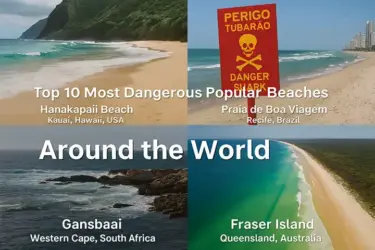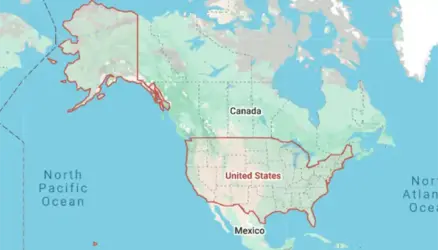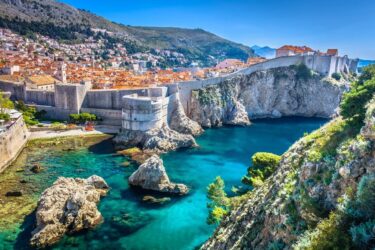Unlocking the Secrets: 10 Essential Canals for Global Shipping Domination
Kiel Canal
Length: 98 km
Width: 100 m
Depth: 11 m
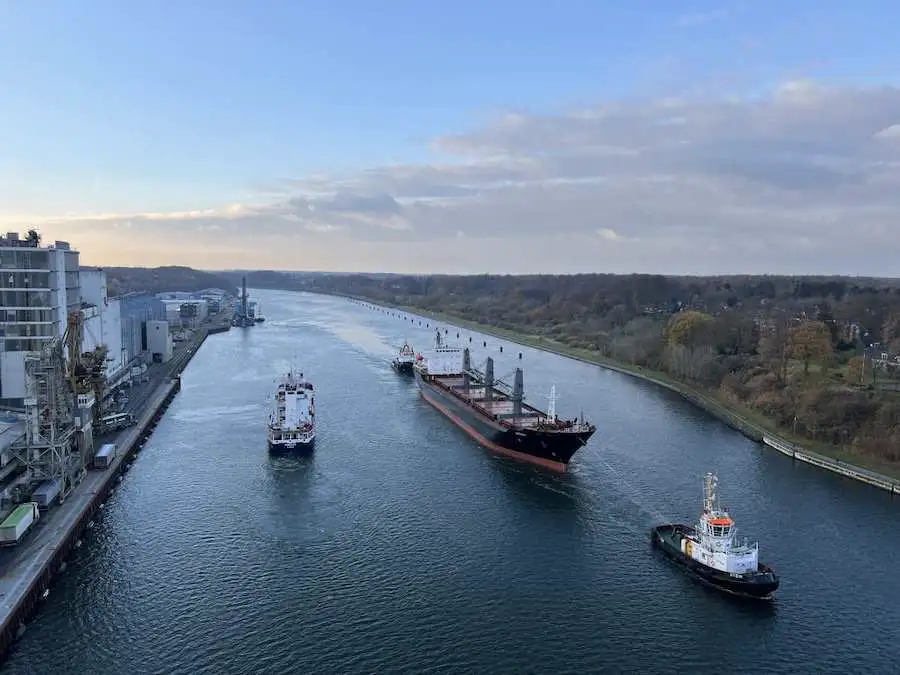
The North Sea-Baltic Canal, sometimes known as the Kiel Canal (after the German city of Kiel through which it runs), is one of Germany’s major waterways. Every day, over 250 ships from various countries travel through the canal. It is regarded as Europe’s busiest canal. After all, the new hydraulic construction not only shortened the path by 700 kilometers, but it also made it safer.
It took 8 years to develop a passable route between the Baltic and North Seas. There were 9000 workers involved. Ten bridges have been built across the canal, and 12 crossings are operational 24 hours a day, seven days a week. To ensure safety during high tides, airlocks are constructed on both sides.
Rhine-Main-Danube Canal
Length: 171 km
Width: 55 m
Depth: 4 m
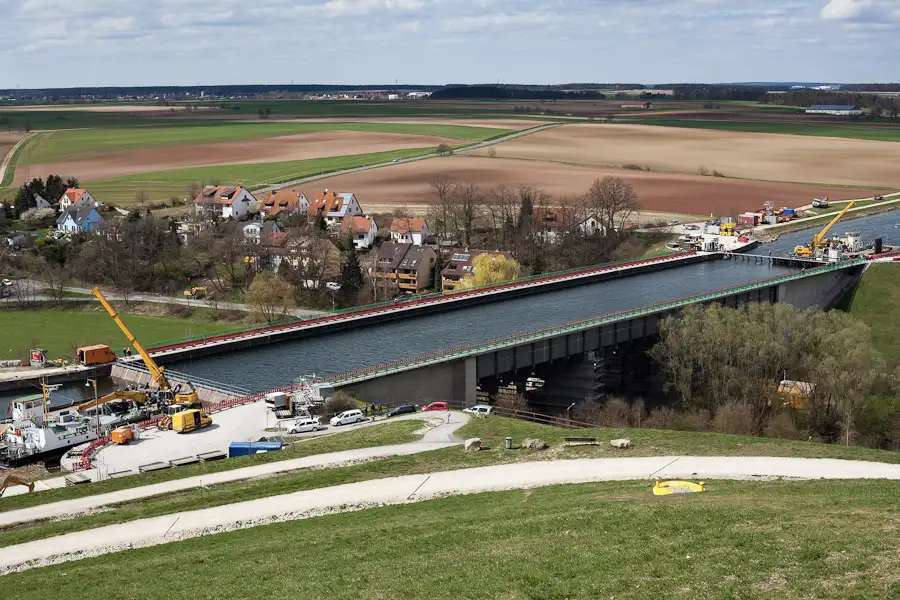
During World War I, work on a navigable waterway connecting the three most important rivers in Western Europe began.
The most major maritime route allows ships to freely transit along rivers linking the North, Black, and Atlantic Seas. The Rhine-Main-Danube canal can handle barges weighing over 2,500 tons. It has 16 locks, 11 of which are in the Rhine basin and the remainder on the Danube.
Suez Canal
Length: 193 km
Width: 205 m
Depth: 20 m
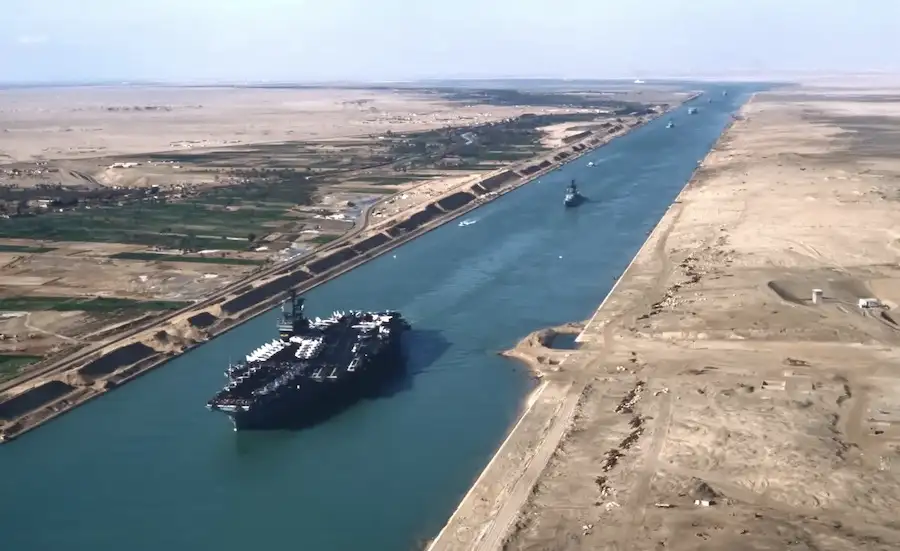
The Suez Canal is one of the world’s most important canals. Recognized as a marine route that cannot be shut down even in the case of a worldwide crisis. Because there are no gates, the streams of sea water flow freely down the canal. The canal connects the Suez Canal to the Mediterranean Sea, separating Asia and Africa. It allows for easy travel from Europe to areas with access to the Indian and Pacific oceans.
Caledonian Canal
Length: 100 km
Depth: 5.5 m
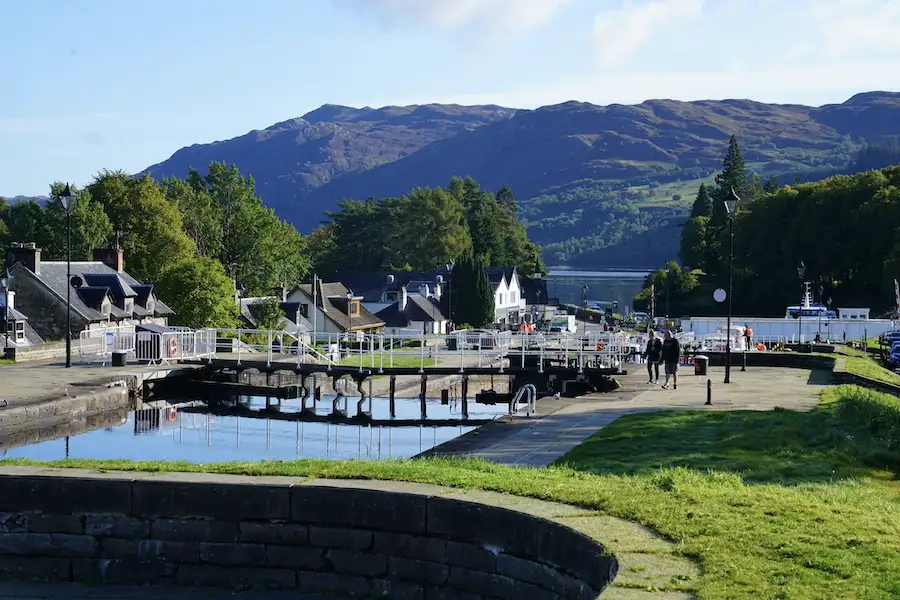
The Caledonian Canal runs through the Glen More Valley in Scotland, connecting Inverness on the northeast coast to Corpach (near Fort William) on the west. The canal’s structure is unusual in that only one-third of it was created by hand, with the remainder being natural lakes: Loch Dohfur, Loch Ness, Loch Oikh, and Loch Lohi. The canal infrastructure consists of ten bridges, 29 locks, and four aqueducts.
Corinth Canal
Length: 6 km
Width: 25 m
Depth: 8 m
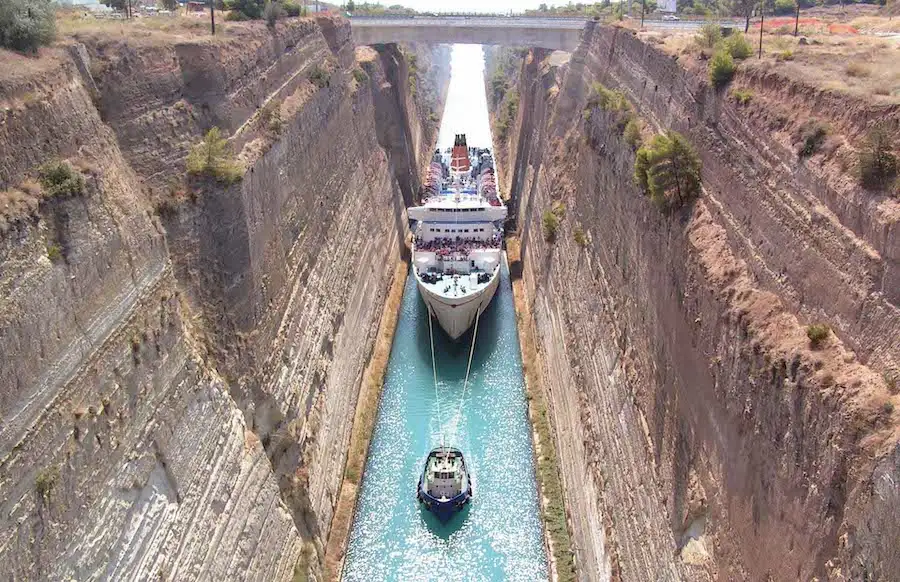
The world’s tiniest waterway. Its building had been planned since the 7th century B.C., but it was not completed until 1893. Tyrr and Gerster, Hungarian architects, worked on the project for 12 years, and 2,500 individuals were involved.
Erie Canal
Length: 540 km
Width: 50 m
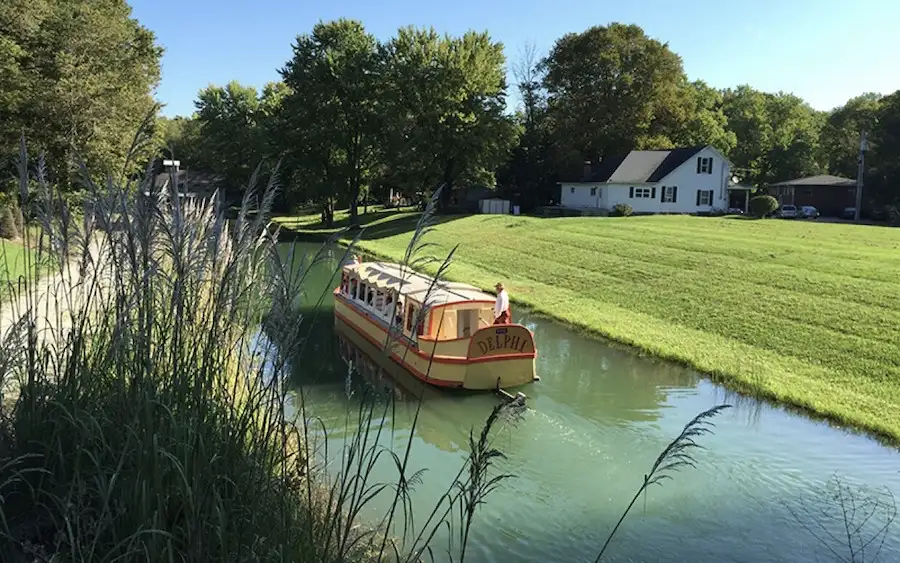
The Erie Canal was built in 1817 with the goal of connecting the Great Lakes system to the Hudson River and the Atlantic Ocean. The economic benefits of using this waterway for cargo ships were enormous: prior costs were cut by 95%.
The canal’s construction has been progressively enhanced, resulting in some rather outstanding metrics. The canal’s average width is 50 meters, and it contains 35 locks along its whole length.
Great canal
Length: 1,782 km
Width: 40 to 350 m
Depth: 2-3 m

The world’s oldest and longest man-made navigable canal, stretching 1794 kilometers. The canal took nearly two thousand years to build. Work started in 500 BC. e. There are more than 6 million participants.
The Beijing-Hangzhou Canal connects the country’s primary waterways, the Yangtze and Yellow He rivers, and captures several lakes. It follows the channels of the Seshui, Weihe, and Baihe rivers, and passes through the Hangou canal in the center. It is outfitted with 21 gateways. The canal has been crossed by 60 bridges.
Houston Ship Channel
Length: 80 km
Width: 161 m
Depth: 14 m
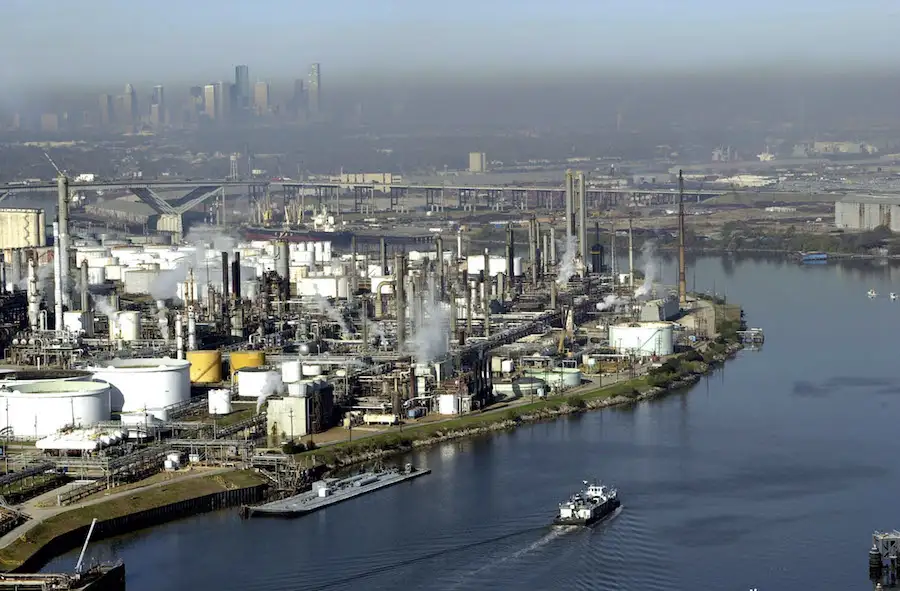
The Houston Shipping Canal connects Houston, Texas to the Gulf of Mexico. It’s an important waterway in the United States. The canal opened in 1914, transforming Texas into a thriving, lively state, and the port gained international significance. The Houston Canal has multiple ports and berthing places. It has been enlarged and deepened to assure its viability in the future.
Khlong Canals
Length: 72 km
Width: 20 m
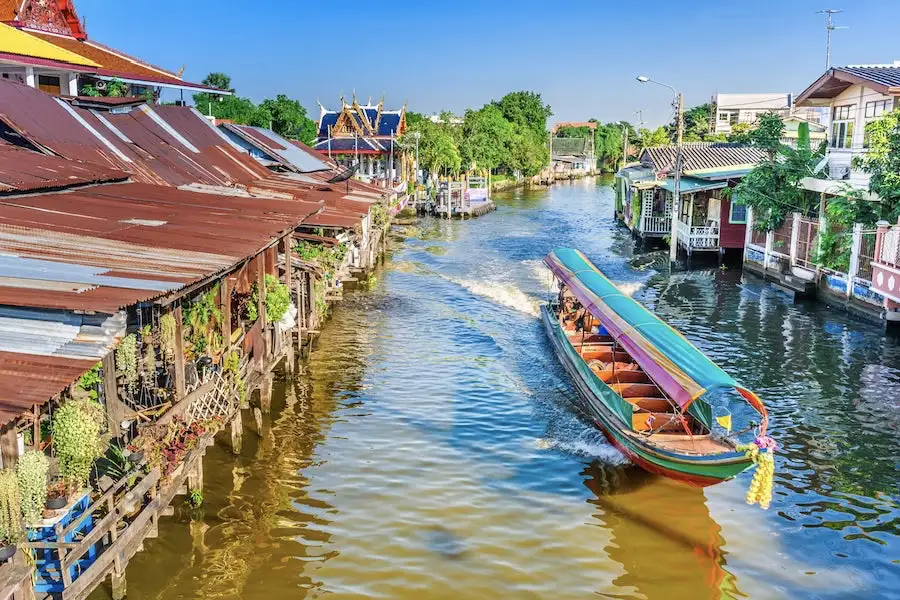
Khlong is a complex network of canals that is one of Thailand’s most important emblems. Locals began building the first canals hundreds of years ago, allowing commerce ships to travel freely throughout the land. The canals are linked by three major rivers: the Maklong, Chao Phraya, and Thachin, as well as several tributaries.
Panama Canal
Length: 82 km
Width: 150 m
Depth: 12 m
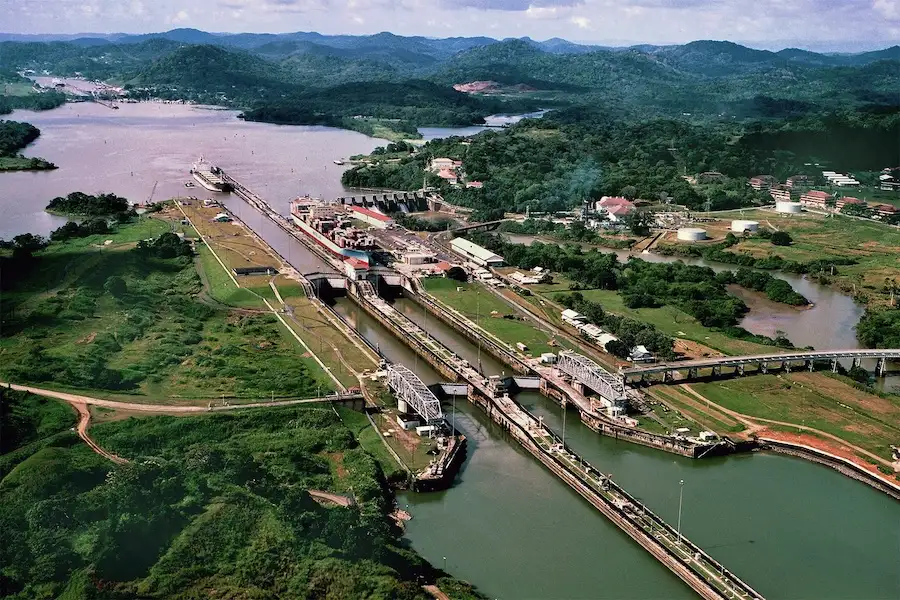
The Panama Canal is one of the most important canals in the western hemisphere, connecting the Pacific and Atlantic seas over the Isthmus of Panama, a small strip that separates the Caribbean from the Pacific. Because the oceans that the canal connects are at different levels, sluice gates are employed on both sides of the canal to raise or lower the vessel. The canal was inaugurated in 1914. Ships traveling between the east and west coasts of the United States can cut their route by 15 thousand kilometers with its assistance. The 82-kilometer-long waterway is mostly used by liners traveling between the United States’ East Coast and Asia.
The cost of transiting the canal varies depending on the class and size of the vessel and ranges from $800 to $500,000.

